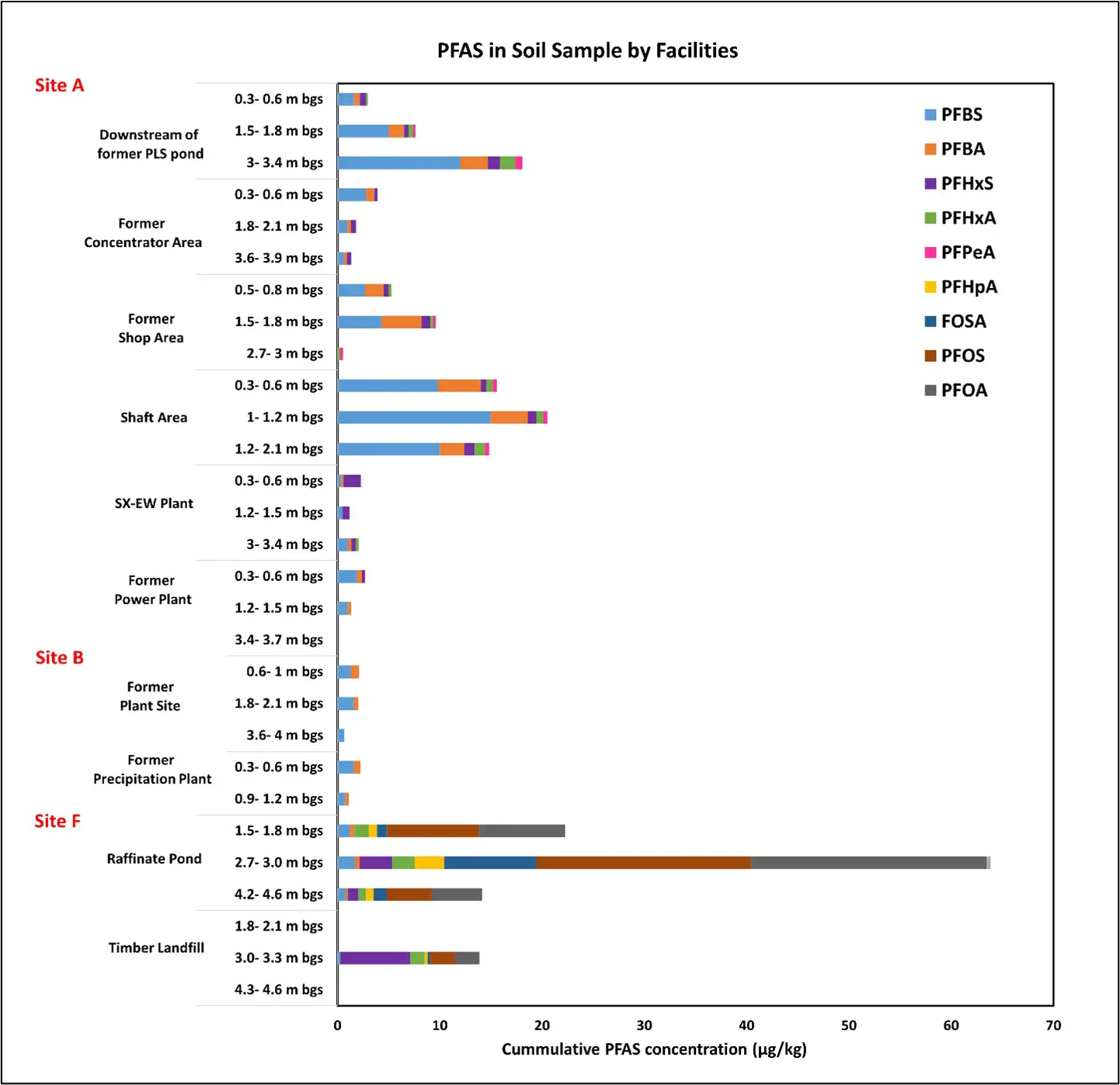PFAS, a group of over 9000 chemicals, have been used in various industries since the 1930s. However, it gained attention for health risks in the early 2000s due to their persistence and bioaccumulative nature, leading to the dangers of the immune system, kidney, liver, and cancer. They are used in multiple industries, including mining, enhancing metal recovery, and as mist suppression agents. Assessing PFAS at North American mining sites is voluntary, as there are no regulatory drivers for PFAS standards enforcement at such facilities, posing challenges due to limited historical information about specific chemicals used in processing circuits.
Authors:
Omar Felix | SRK Consulting, USA
Corolla Hoag | SRK Consulting, USA
Kartika Srivastava | University of Arizona
Click here to view other presentations at this event.

